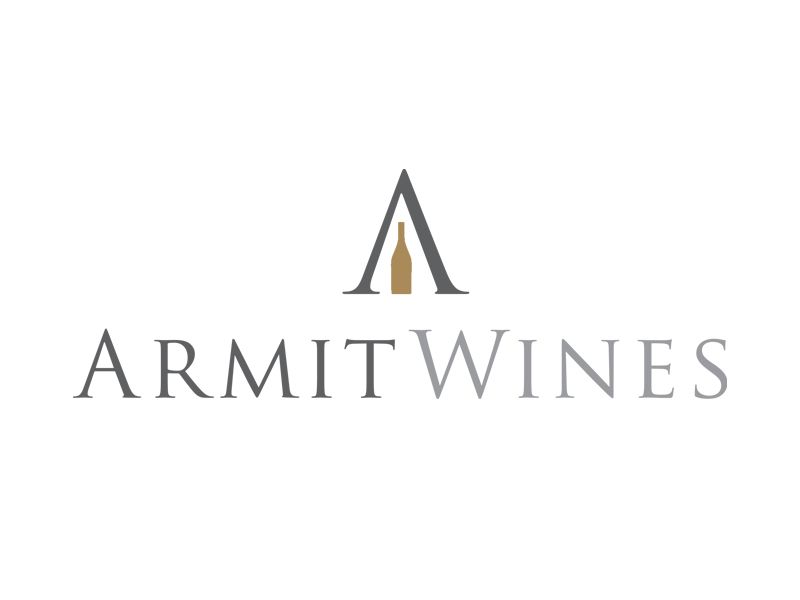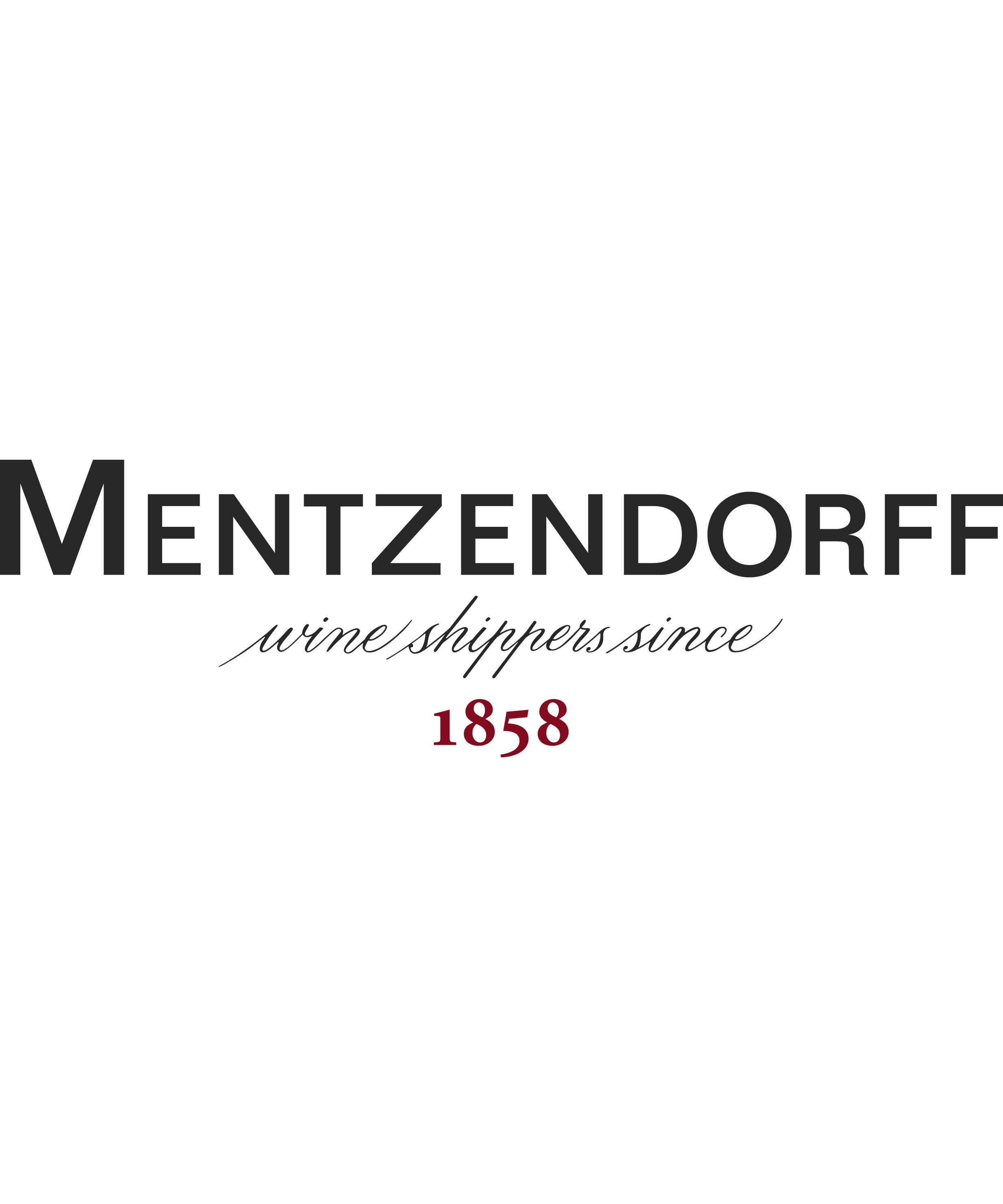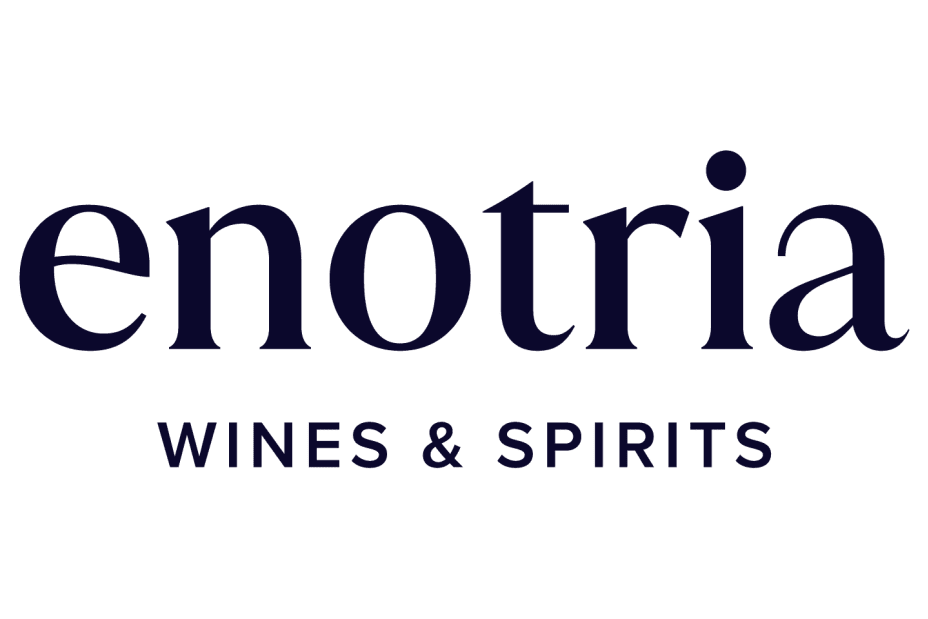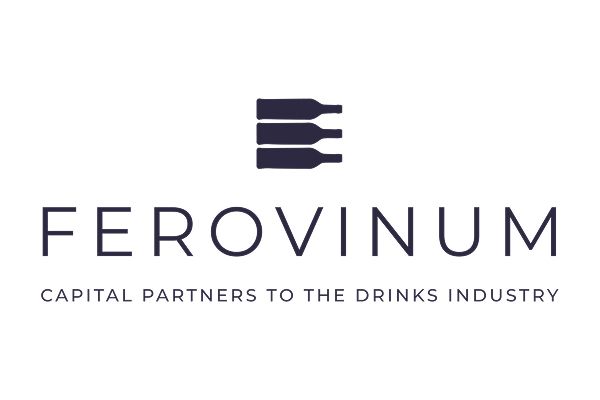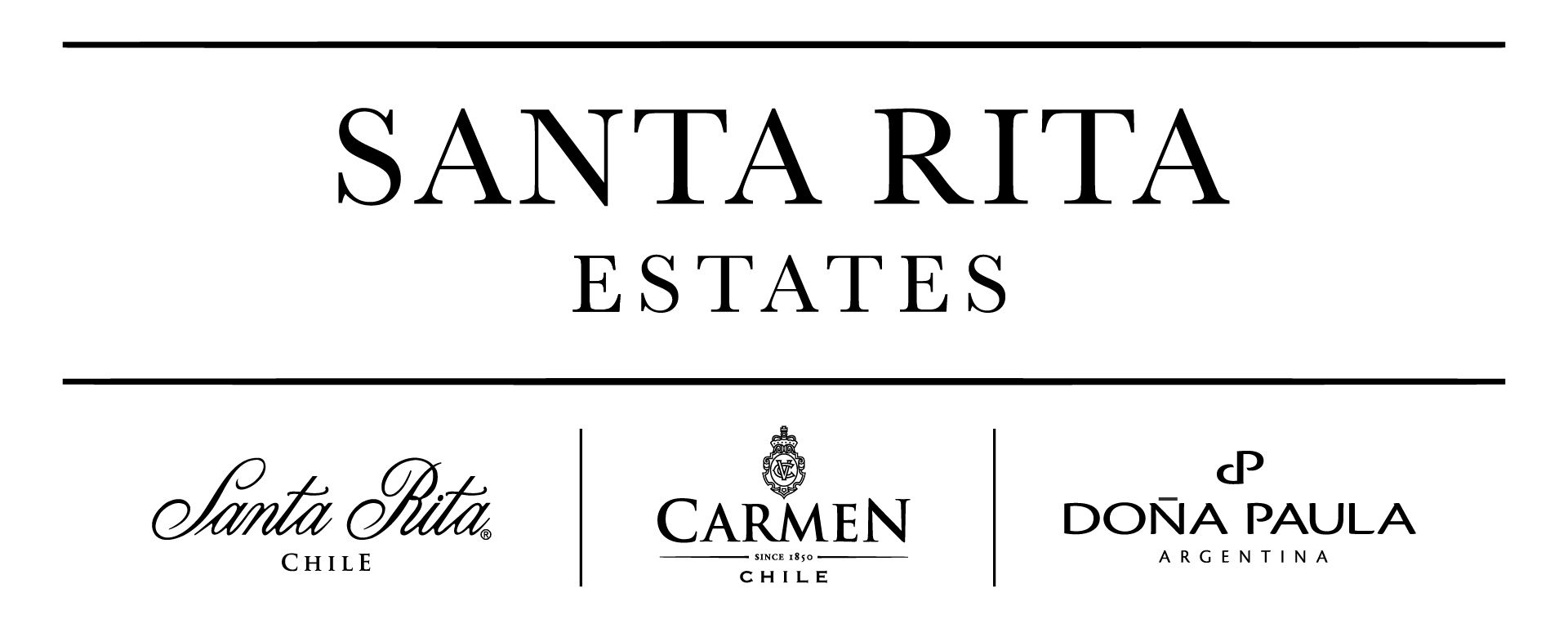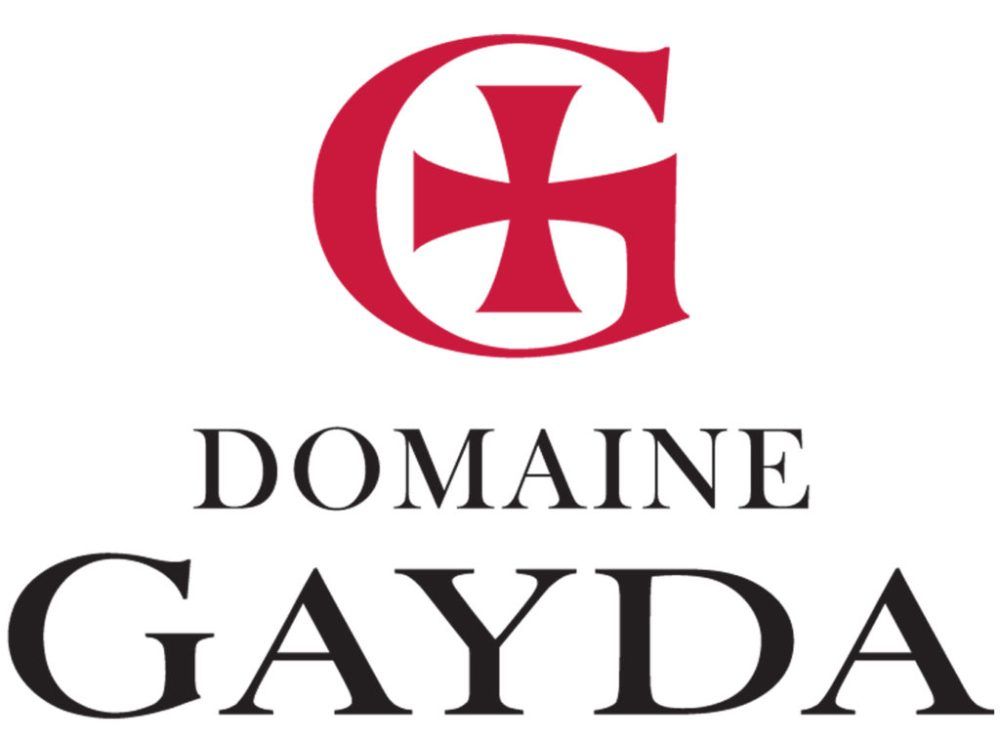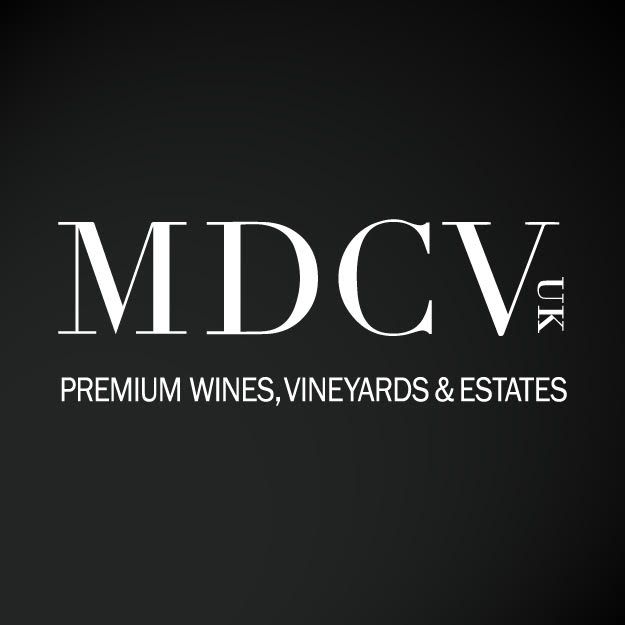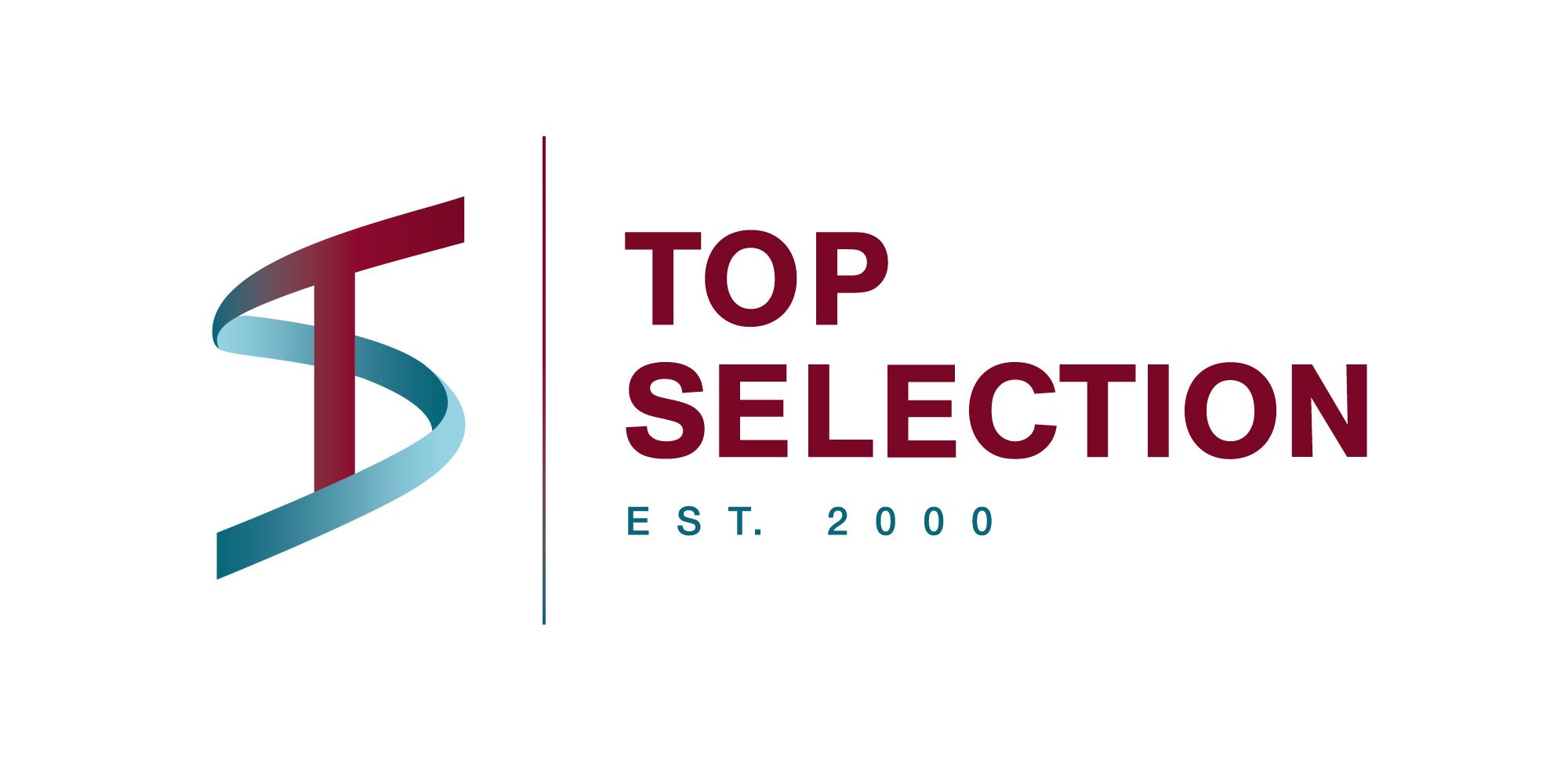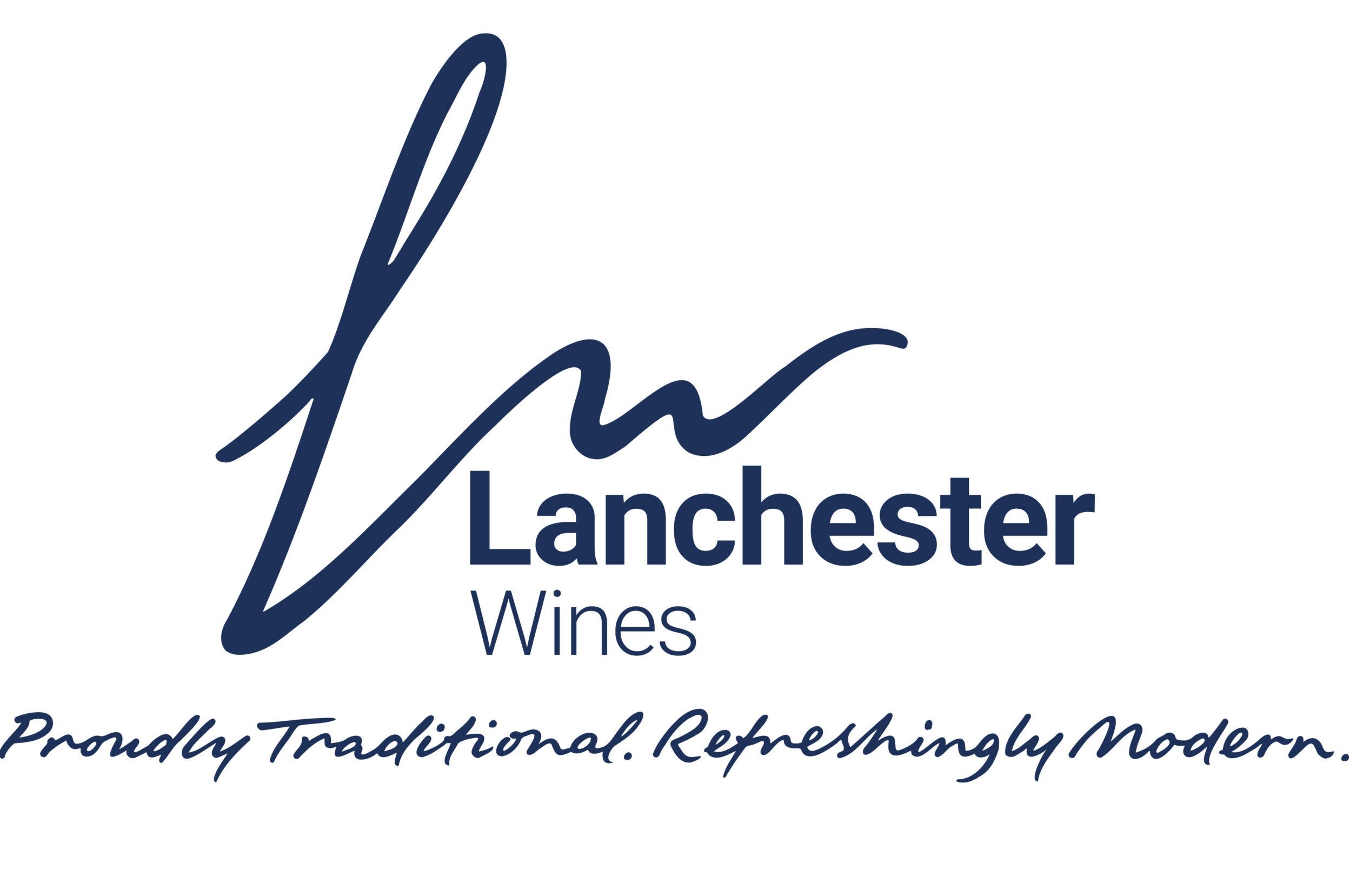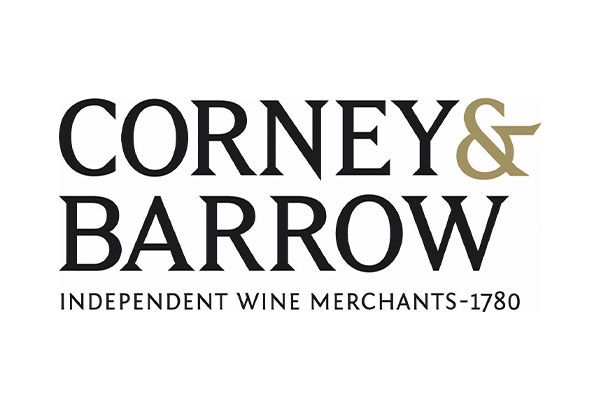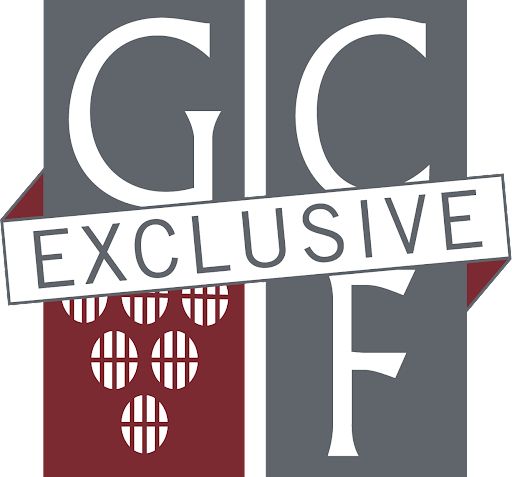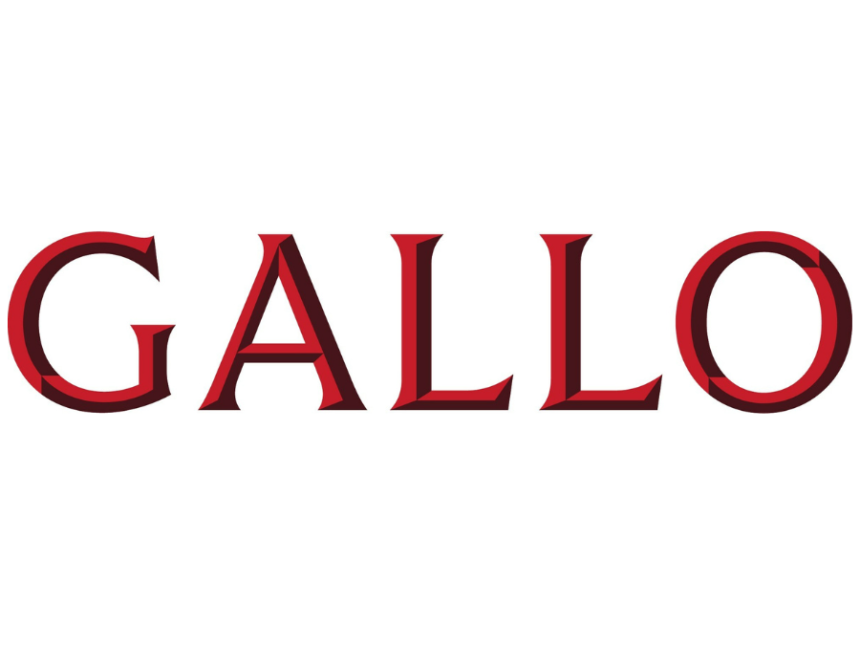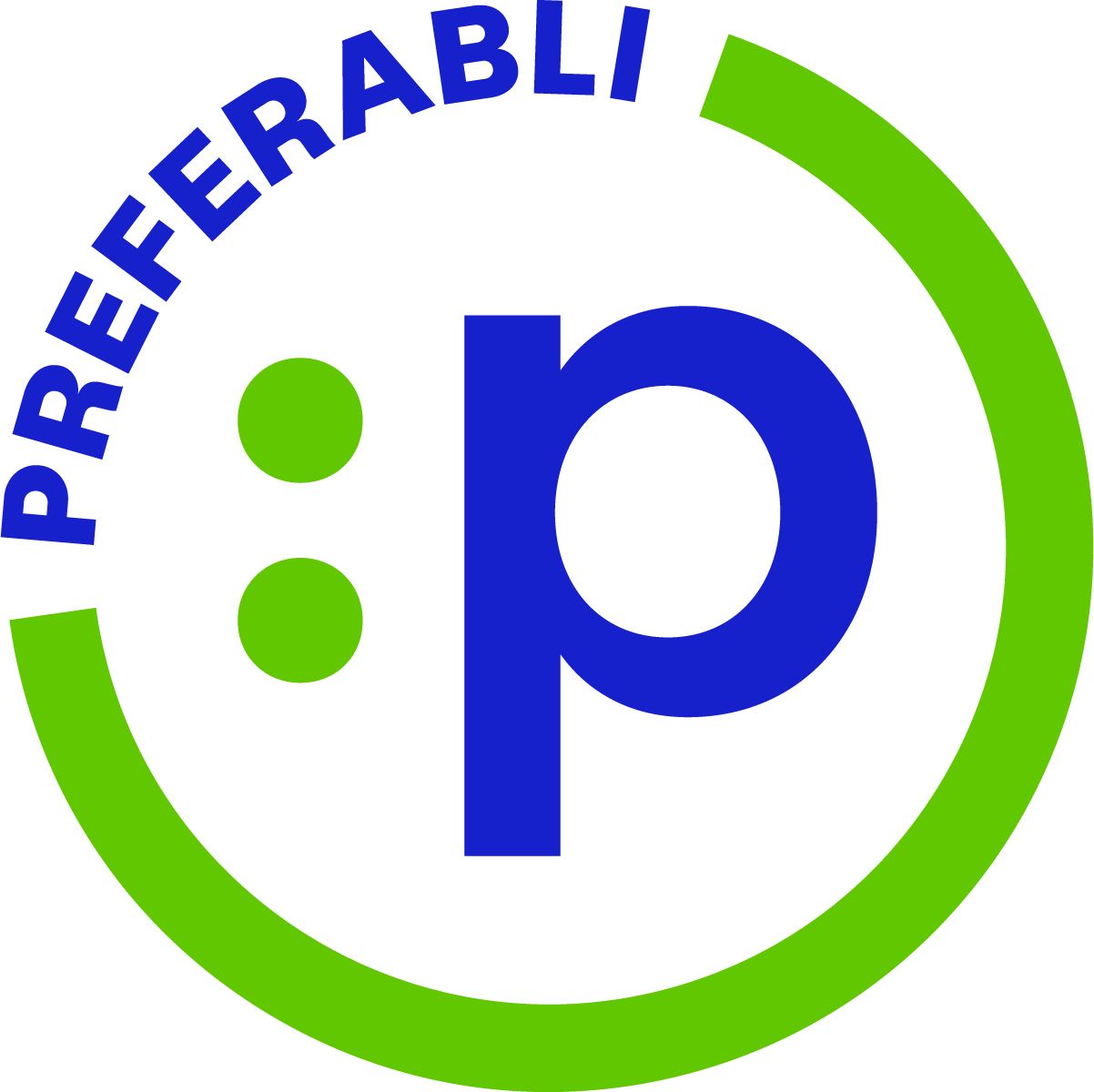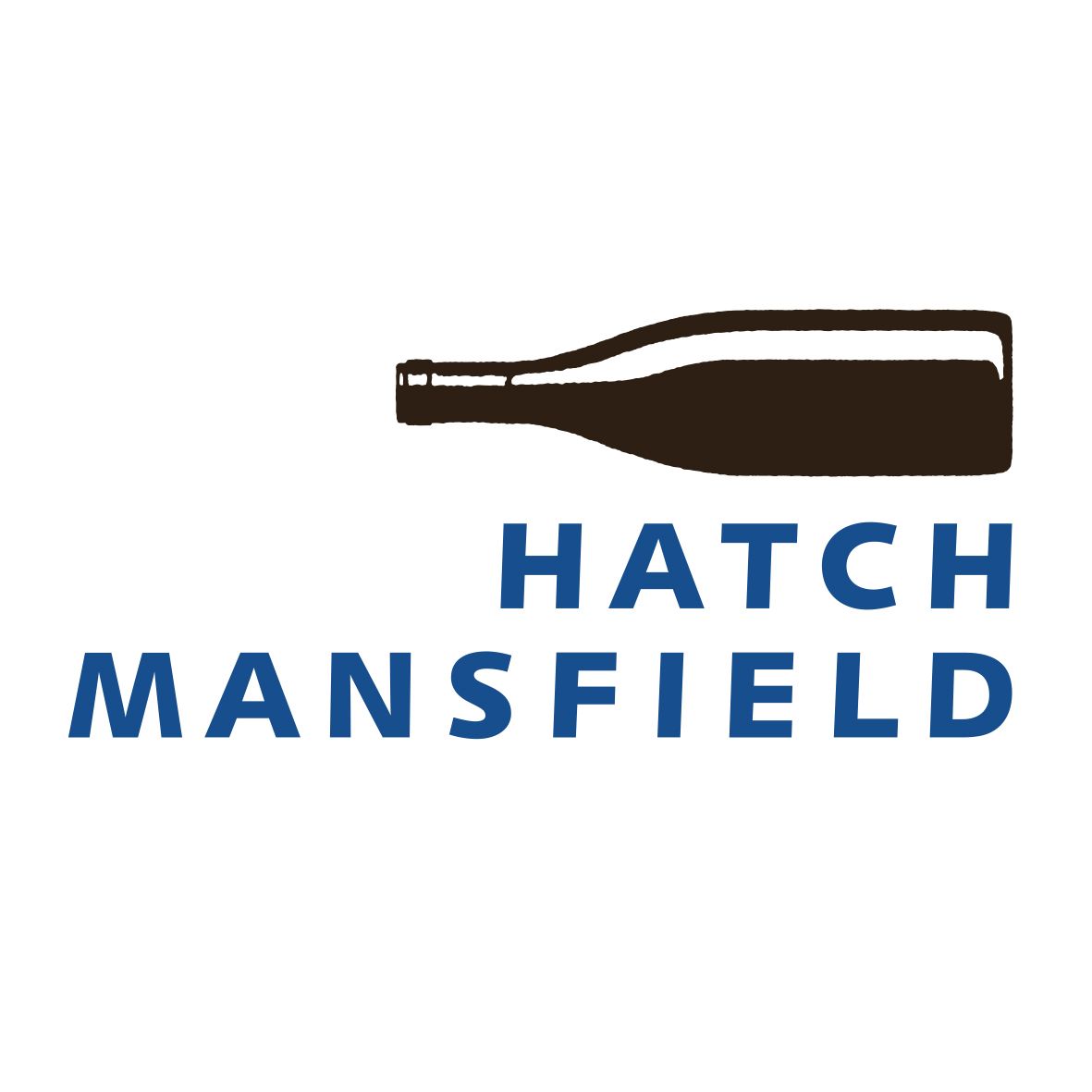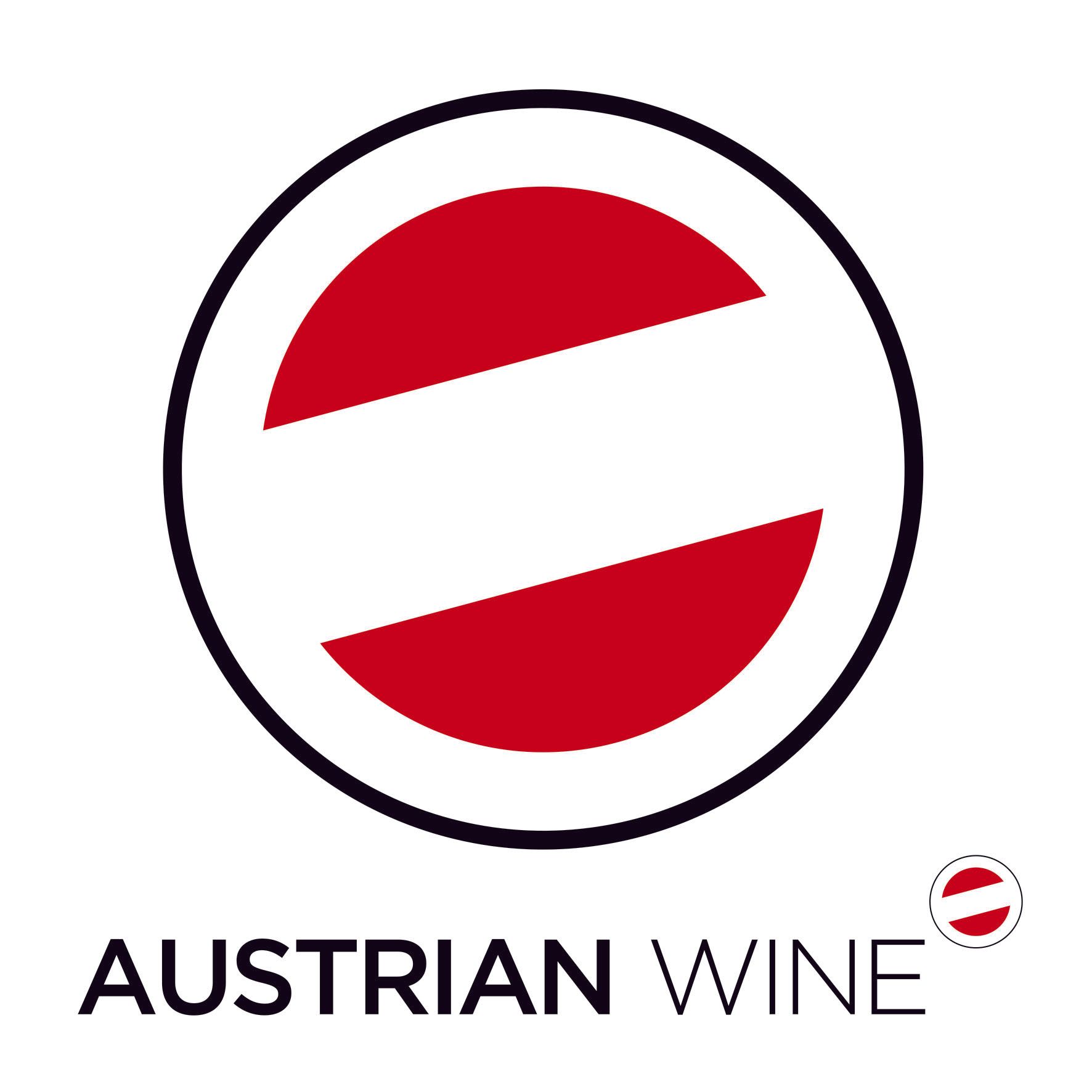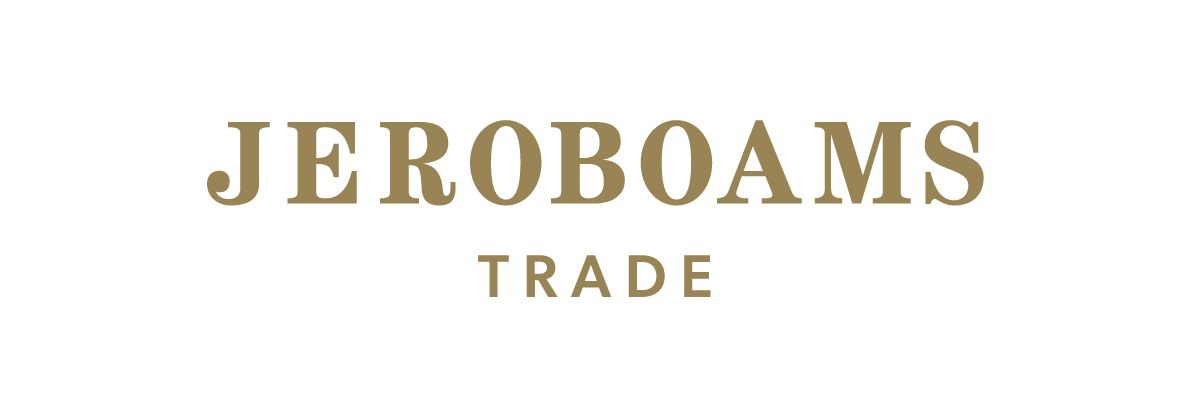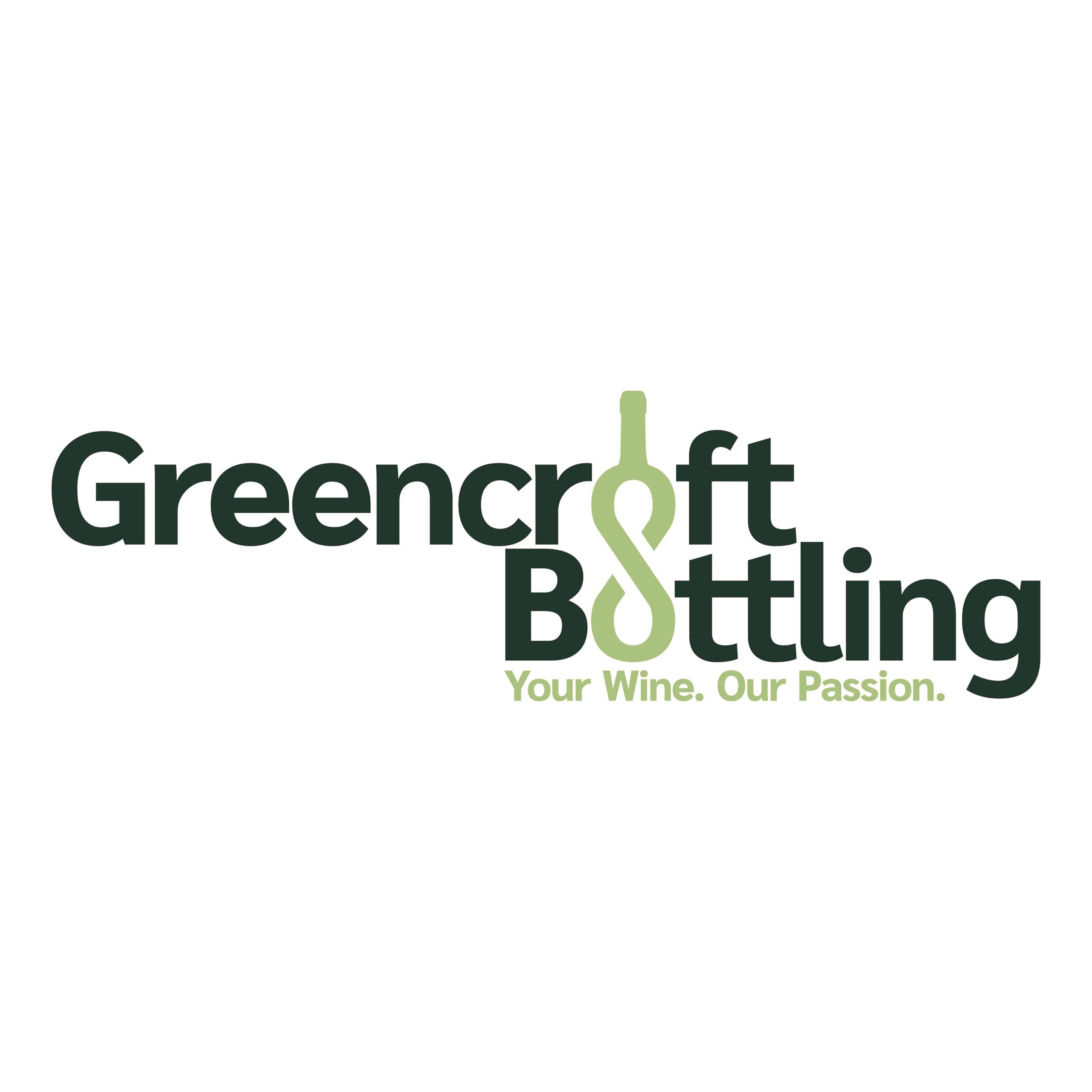In 2024, the UK imported over one and a quarter billion litres of wine. The equivalent of nearly 1.7 billion 750 ml bottles. Today’s wine industry accounts for £33 billion in economic activity. It contributes £8.9 billion in total GVA (Gross Value Added) to the UK economy and supports nearly 200,000 FTE employees.
In 2024 the UK’s bottling facilities imported 500 million litres of still wine in bulk, packaged into bottles, bag-in-box, cans and other formats.
The figures show just how important the imported and domestic wine industry is to the UK economy and historically has been since the 12th Century.
It has undoubtedly faced turmoil over the years but with so many present battles in some many directions including consumers adversary to alcohol, is there still a spring in the step to be had for the industry?

There was much to discuss and share during the debate on duty and EPR at the London Wine Fair
A panel of importers, retailers, and distributors, chaired by The Buyer’s editor-in-chief, Richard Siddle, thrashed out the impact of the scaled duty rate based on ABV and ambiguous Extended Producer Responsibility (EPR) regulations.
Higher, lower…higher…lower…right now, the industry duty tax regime feels like an episode of the TV show Bruce Forsyth's Play Your Cards Right.
In 2024, at ProWein suppliers and UK importers were claiming to be looking at the next best thing since “sliced bread,” said Siddle. But in reality It was all about showing off their new 8%-6% ABV wines. Then, six months later, at the World Bulk Wine Exhibition, the same people had rowed back a bit and were now all talking about sourcing, listing and creating wines with ABVs of 10-11% with 11.55% being their sweet spot.
“Quite a big change in six months,” he told the panel consisting of Alex Green of Beyond Wines, Lanchester Wines’ Mark Roberts, North South Wines’ Kim Wilson and Barry Dick from Waitrose.
What to do with ABVs?
Now another six months later at the London Wine Fair and the industry still seems undecided about the right way forward when it comes to handling lower alcohol levels.
“The [de-alcoholised] lower ABV wines are not exactly selling,” claimed Mark Roberts, Lanchester Wines’ sales director.
Yet North South Wines managing director, Kim Wilson, said its naturally lower 8.5% Vinho Verde white and rosé wines were “flying off the shelves”.
The duty has equally made Prosecco more “attractive” with its 10-11% ABV levels compared to Cava at 12.5%, she added
Retailers and buyers are sourcing wines from cooler climates, increasing whites and rosé and lighter red ranges into their wine lists. It’s the hotter climates where ABV doesn’t naturally fit that are suffering making it a “really unfair level playing field,” said Wilson.

Waitrose, Lanchester Wines and North South Wine’s initial reaction to the duty announcement was to hold fire, to refrain from changing what they collectively see as “the intrinsic nature of the wine”.
“If I'm blending a wine and there is an opportunity to drop an ABV point, to take advantage of duty, I’ll take that,” said Barry Dick, Waitrose’s bulk wine procurement purchasing manager.
But he also stressed “light chocolate doesn’t sell very well”. "If a customer comes into our shop and looks at a wine brand that they've been buying and it has always been a 12.5% and, it’s now at 10%, they've got a couple of choices to make. The price point is more attractive at 10%. The consumer will either manage their budget, buy something else or switch to another drinks category,” he said.
Wilson, citing a retailer Facebook site with 120,000 consumers, shows customers are already comparing the bottles at 12% ABV and then at 10.5% ABV and debating what it all means.
“They know they are being hoodwinked. They don't want it and they don’t understand the price. An Australian Shiraz at 14.5% ABV, down to 10.5% is not going to taste the same.”
Opportunities for mid strength?

The wine industry is looking for help, support and guidance on how to tackle the big changes in duty and EPR packaging
But there are plenty of new wines below 10% ABV that believe that is a a big opportunity there. Siddle pointed to the 6percent wine company exhibiting at the London Wine Fair, that has made lower alcohol its brand focus. The wine is marketed as ‘traditional,’ a better experience, staying present with half the alcohol, better quality, lifestyle and mid-strength.
Beyond Wines director, Alex Green, said it had launched its Unwined 8% alcohol range, which includes a Sauvignon Blanc, Merlot and rosé, having tweaked ABVs down both in terms of where they naturally sit but “more aggressively” as well.
“We wouldn’t have looked for other opportunities without the duty,” he said. “There's a legislative break at 8%. It's 34p cheaper at 8% than at 8.5%. Over £1 cheaper than the same wine at 11.5%.”
But he also admitted the brand has yet to hit its straps in the off-trade with its target multiple retailers.
“We realised, there was very little consumer demand. This is an industry led price thing, consumers are not asking for it.”
Instead Unwined, retreating its bold 8% announcement to the back label, has had more success with national on-trade accounts thanks to their large sales team’s ability to hand-sell the range and position it as an entry price point on the wine list.
He added: “The jury is still out for those retailers that did go hard on 8%. We'll probably see a fundamental shift away from 8% and producers will just take the ABVS off around the edges.”
Honest and open
The panel were agreed on one thing when it comes to alcohol duty. It is vital the trade as a whole communicates clearly and honestly about the wines they are selling and what alcohol levels they have.
“It feels disingenuous not to,” said Dick. “If something is lighter and communicated very clearly that is what it's about, then that's fine.”
Then there is also the issue of how some of these mid-strength wines are reaching the alcohol levels they are without having to resort to pumping a lot of sugar into them. The irony, agreed the panel, is many of these de-alcoholised wines may not be most healthy option to take.
“As long as you make a good product, there's a place for it,” said Roberts. “I just don't know how big that that market will ever be, but you can make a good drink at 8% ABV. It's possible, but it won’t fully taste like wine.”
The panel acknowledged that innovation in viticulture techniques is key to the evolution of no-low alcohol wines.
There are also clearly big lessons to be taken from the beer category which has shown what success you can have with quality-driven 0% beers. The issue for wine is that there is simply far more alcohol to be taken out and to do so needs a much more aggressive approach.

Waitrose's Barry Dick says it is important the wine industry as a whole is open and honest with consumers about how lower alcohol products are being made
“We are seeing beer products that taste really good,” said Dick. “Just look at 0% Guinness. What’s really interesting is, because wine is operating alongside beers, cocktails and spirits, consumers are swinging about all over the place. We know they are comparing the experience they get with wine.”
Administrative burden
Whatever route importers, retailers and buyers take the panel was agreed the impact of the new duty system has ramped up the level of administration and paper work now needed to document the changes in ABV levels of every product in your range.
“The administrative burden, is massive,” said Dick, “it’s so time-consuming to apply the duty to all 700 wine products.”
Roberts said Lanchester Wines has had to recruit staff in order to manage theincreased administrative workload.
The duty also impacts how brands and ranges are sold in different channels. “We may have four or five different ABVS across the range. They can't sit at one wholesale price now,” said Wilson.
Green said there is also one big hidden issue when it comes to managing the duty changes - the vital time businesses like Beyond Wines have with buyers to do business.
“It’s our biggest headache,” he said. “I've been a supermarket buyer. I've worked for a major FMCG company, selling to major buyers. Now, I run a small business. Since the duty, I might get an hour with that buyer a month if I'm lucky, or I might get half an hour every three months. A lot of my time is now spent discussing how we are going to implement the duty changes. Can we go down a notch on this particular product? The same is now true for EPR as well. It is so frustrating. All we want to be doing is discussing how we can make the wine experience better.”
He also stressed there is no ‘standardised’ way to now work with retailers and on-trade buyers which is placing even greater pressure on suppliers and what they are expected to deliver.
Only a few years ago, a good agency could focus their efforts on their brands and how to sell them in to the right customer. Agents and brand owners now, he says, have to understand a whole ream of legal issues as well as being on top of the latest regulations surrounding sustainability, packaging and carbon footprint.
Dick believes the full impact of the duty changes won’t become apparent until the end of the year. Waitrose, like others, is still selling stock bought before the duty came into force.
But equally we all have to draw a line in the sand and work with suppliers and producers to get the right wines into the market.
Wilson said producers know “if they want to enter the UK market” they have to be on top of the new duty and packaging laws. “It’s still an important market to them.”
Opportunities

The Buyer also hosted a debate at the London Wine Fair looking at how the wine industry can attract new talent and different skills into the sector with left to right: Elizabeth O’Kelly, Vinokelly Drinks Recruitment, Pauline Vicard, Areni Global, Sam Linter, Plumpton College, Mitchel Fowler, Ferovinum and hosted by The Buyer’s Richard Siddle.
With so many cost pressures, where are the current trends and evolution in terms of wine styles, countries, regions and formats?
Both Wilson and Dick pointed towards Portugal and being particularly well placed to offer the lighter style whites, reds and “chillable” wines the market is looking for.
Green at Beyond Wines believes a lot of future innovation in the wine aisle will be around format and sees a lot of opportunity to try new things, be it around packaging capsules, different sized sized, 50cls, key kegs, etc.
“We are working with producers that either do offer or can offer lifestyles or alternative products from different countries. The future is certainly going to be interesting.”
Dick says he can see quite a change in the make up of our traditional wine aisle versus the fine wine aisle. Such have been the price rises in many of the classic, and traditional European wine producing countries he can see far more of those moving over to its fine wine and premium range, leaving the door open for other countries and regions.
He explains: “In terms of regions, it’s interesting. Some of the classic stalwart regions and brands used to provide signposts to the range, such as Chablis or Châteauneuf-du-Pape, but with those wines heading off into being mega expensive, they sit in our fine wine range.
Instead Waitrose now has its eye on the up-and-coming regions that offer “great value.” There are opportunities, he believes, for consumers to learn more about say Alentejo and parts of Greece and “brands can play a little bit more of a stronger role on that”.
Untimely, it’s about the consumer and tapping into the lifestyle through occasions or tourism nostalgia rather than educating about regions and countries, he added.
Handling EPR

The London Wine Fair 2025 saw a 10% increase in exhibitors and a 5% increase in visitors to close to 10,000
The panel also had time to try and get their collective minds around the roll out of the new EPR (Extended Producer Responsibility) packaging legislation and its impact on anyone supplying, importing and retailing in the UK.
“The government’s intention is to properly force the recycling within supply chains, and incorporating it into our infrastructures,” said Dick. “As an industry we need to lobby to make sure we are getting what we're effectively being asked to pay for.”
The problem is its complexity and accusations that the advice from DEFRA has not been, and is still not, 100% clear. An A to B solution is unviable for an industry that has many different wine business models and there is still no clear guidance on what the actual pricing is for packaging weight and tonnage.
“There is no degree of clarity,” said Wilson.
North South Wines has chosen to calculate its EPR responsibilities on individual grams per bottle. “We actually have it on our cost sheet as a separate price when we're importing it. I used to get excited by spreadsheets, now It's really boring.”
Waitrose is looking at EPR as an “open book,” said Dick. It is tackling it on a line-by-line basis to see how much it can formalise.
“With my sustainability hat on, the government’s intentions, to push the industry and retailers towards lighter weight glass and better efficiency, is noble. It will help us put in the focus,” he added. “Cost pressure in the market, will certainly help all of us to look at other formats and materials where there is a much lower cost.”
Lanchester Wines is seeing “several tenders for Tetra,” an inevitable progression of the industry looking for more sustainable formats including cans, said Roberts.
There are also “fantastic ambiguities” in the on-trade about how operators handle packaging and what is being defined as on premise and for off premise use.
“This is the problem. You've got every bit of knowledge potentially here, but not any single data to understand it,” he said. “The industry is having to find even more creative ways to get to a number to pay.”
Which all makes the London Wine Fair still such an important event and a chance for the industry to come together to openly debate and discuss the biggest issues affecting the sector.
* You can find out more about out this year's London Wine Fair at its website here.


